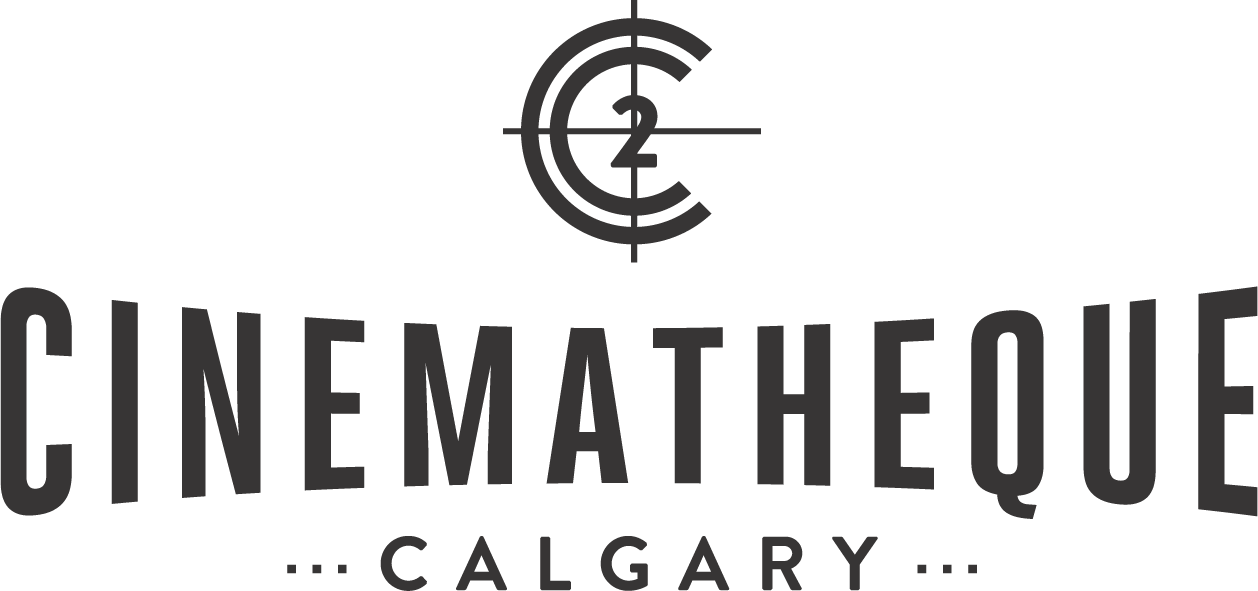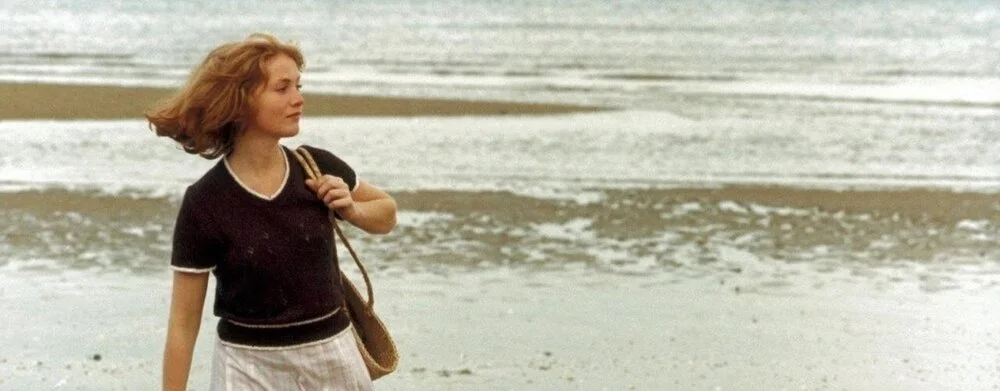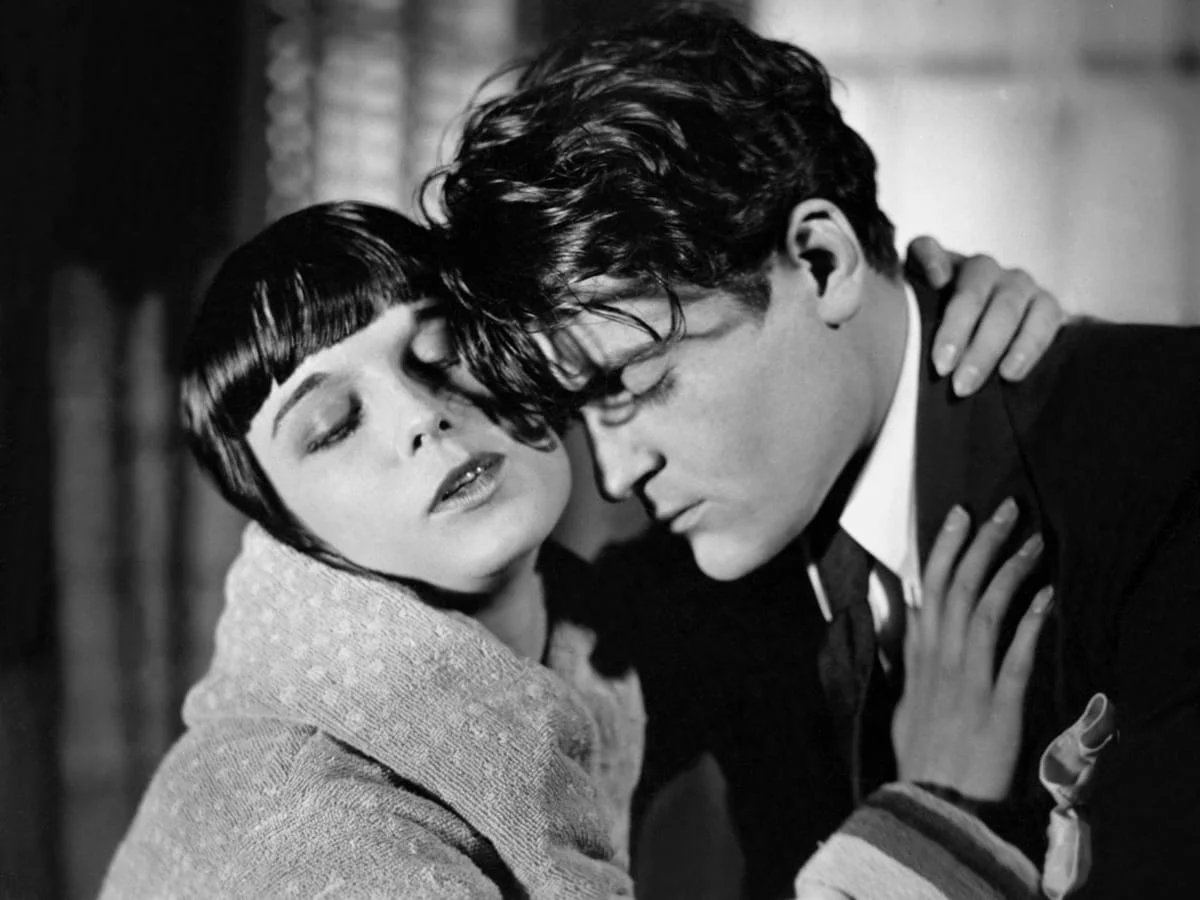2019-20 SEASON
Masters: Abbas Kiarostami
Filmmaker, poet, and photographer Abbas Kiarostami was born in 1940 in the Iranian capital of Tehran. He began making films in the 1970s, in the years leading up to the 1979 revolution, working primarily as a documentarian. From early on, Kiarostami’s films had a special focus on children, with whom he would develop an effective and idiosyncratic manner of working. A turn to narrative fiction films in the 1980s, first with Where is the Friend’s House? (1987), the first film in his newly restored Koker Trilogy, and then Close-Up (1990), a fiction-documentary hybrid, would be the beginning of the director’s remarkable ascent to international prominence. His focus on real people and locations, a product of his documentary background, has earned comparisons to the Italian Neorealist masters of the immediate postwar period, but his work is also suffused with elements adopted from Persian poetry and art. With our Masters: Abbas Kiarostami series, Calgary Cinematheque highlights five universally humanistic works from the filmmaker’s rich cinematic legacy.
The film in which Kiarostami’s Persian poetic sensibility is most foregrounded, The Wind Will Carry Us (1999) follows journalist Behzad and a camera crew who have been sent to a remote Kurdish village where they are to wait for the death of a one-hundred-year-old woman so that they can subsequently film a traditional funeral ceremony.
In the final film in Kiarostami’s Koker Trilogy, a stonemason cast in a film within the film romantically pursues a young woman, who is also cast in said film. Despite the fact that the family consider him an ill-suited match, the stonemason continues to pursue his romantic quarry, bringing forward elements of the fictional world and the filmic world as they cross-pollinate in mysterious ways.
And Life Goes On (1992) follows a film director and his son who journey through the country in the aftermath of a major earthquake in search of survivors, including some of the nonprofessionals who acted in Where Is the Friend’s House? (1987).
Where Is the Friend’s House? (1987) tells the simple story of a schoolboy in Iran’s hinterlands who accidentally brings a friend’s notebook home and then tries desperately to locate the boy in a neighbouring town in order to return it.
FOCUS: Sexuality
Jean-Luc Godard famously once said “All you need to make a movie is a girl and a gun.” Film critic Pauline Kael seemingly echoed this statement when she titled one of her books Kiss Kiss, Bang Bang. Both filmmaker and critic observed the obvious relationship of sexuality and violence to cinema itself, and in both cases the amorous element comes first. Our Focus: Sexuality series explores how sexuality over the course of the last century has paralleled the development of cinematic language. Featuring films from the 1920s up to the 1990s, this globe-spanning series presents key films that consider subjects such as female sexual autonomy, gender fluidity and performativity, amorous power dynamics, and toxic predation. These are firebrand movies, emphasizing how the presentation of sexuality and human relationships on-screen is limited by the specific sociocultural framework of their era. In their emotional and cinematic power, these films are still strongly resonant and provocative today.
Establishing director Sally Potter as a daring cinematic force to be reckoned with and giving Tilda Swinton a role she was born to play, Orlando (1992) is set through 400 years of European history seen through the eyes of a protagonist who switches between genders as if it was “no difference at all.”
Causing unmatched social furore upon its initial release, Cruising stars Al Pacino as a psychologically suggestible young police officer who is tasked with investigating brutal murders in the gay leather bars of New York’s Meatpacking district.
Aided by committed performances and a stirring soundtrack, Nicolas Roeg’s tale of dangerous passion that erupts between Milena Flaherty (Theresa Russell) and Dr. Alex Linden (Art Garfunkle) is as provocative, brash, and innovative as it was when it was originally released in 1980.
Funeral Parade of Roses (1969) follows the underground travails of Tokyo transsexual coquette Eddie (played by renowned androgynous Japanese performer Peter) and her band of non-conforming friends in an unforgettable pageant of decadent, wild, and still-prescient ideas regarding the nature of sexual and cultural identity.
Featuring a star performance from Louise Brooks that has come to definitively embody silent cinema’s notions of femininity, charisma, and eroticism, Pandora’s Box (1929) follows the adventures of the fun-loving, Charlston-dancing temptress Lulu whose social world entirely falls prey to her effortless and vibrant magnetism.
One of the last acknowledged masterpieces in Hitchcock’s career, Marnie (1964) stars Tippie Hedren as the eponymous character: a frigid woman with a mysterious past, a penchant for kleptomania and colour coordinated panic attacks. As her husband Mark (Sean Connery) gamely tries to manage and control Marnie’s aberrant and destructive drives, it slowly becomes clear that Mark may be harbouring as much pathological impulse as Marnie herself.
SPOTLIGHT: Taiwanese new Wave
In the early 1980s, Taiwanese cinema was at a crossroads. Nobody was watching locally made melodramas or kung fu movies anymore, instead opting for films from Hong Kong. Taiwanese society was also rapidly changing, with soaring high-tech economic growth driving people into the concrete jungles of Taipei and the cities. To revitalize the film industry, the state-run Central Motion Picture Corporation turned to a time-tested method to revitalize national cinemas – give the reins over to young filmmakers. These filmmakers, including Hou Hsiao-hsien, Edward Yang, and Tsai Ming-liang, pursued a radical break from the previous stylistic and aesthetic traditions, favouring location shooting, long takes, and deliberate editing to reflect the rapidly changing world around them. Each responded to the alienation wrought by globalization in their own unique ways: Hou with pensive reflection, Yang with meticulous exhumation, and Tsai with melancholy detachment. With this series, Calgary Cinematheque presents five key films from one of film history’s most influential movements.
Daughter of the Nile (1987) centres around Lin Hsiao-yang (portrayed by pop star Lin Yang), a waitress in a fried chicken restaurant who yearns for a petty criminal and increasingly finds herself running a household without any help from the deadbeat males in her circle. Lin finds respite by retreating into the fantasy world of the Japanese comic book series Crest of the Royal Family.
Edward Yang’s dissonant, mysterious third feature Terrorizers (1986) charts the trajectories, near misses, and collisions between three sets of people in Taipei, animated by self-interest and unable (or perhaps unwilling) to connect with each other.
The third of Hou Hsiao-hsein’s “coming of age” trilogy, Dust in the Wind (1986) tells the universal and archetypal story of a young couple from a small village who decamp for the big city, little prepared for the struggles that they will encounter upon arrival.
Using the sights, sounds, and surfaces of a modernizing Taipei as his material, Edward Yang fashioned his first masterpiece Taipei Story (1985), a piercingly insightful, multifaceted portrait of a relationship unraveling.
Contemporary World Cinema
One-time opportunities to find rising masters and see critically acclaimed, under-exposed world cinema.
A ravishing masterpiece from Pedro Costa, Vitalina Varela stars an non-professional actor in a performance based upon her own life.. The painterly humanism that emerges is evocative of a neorealist classic.
A hypnotic tale of man versus nature, Calgary Cinematheque presents the Calgary Premiere of a Galician-language Cannes prizewinner.
Crowned as one of the best films of 2019, Honor Swinton Byrne (daughter of Tilda) stars in her breakout role as a 1980s British film student who begins to find her voice as an artist while navigating a turbulent courtship with a charismatic but untrustworthy man (Tom Burke), much to the behest of her strict mother (Tilda Swinton).
Thirteen-year-old Phillip casually returns home to his widowed mother Astrid following a prolonged absence during which he camped out alone in the woods. What follows is a digressive, puzzle-box narrative, sometimes oneiric and irreal, sometimes played as absurd comedy, much of it circulating around intimations of family trauma and its legacies.
Asako is a young woman living in Osaka who falls for an attractive and inscrutable young man named Baku. A fling ensues. Alas, the relationship terminates on account of Baku’s sudden, mysterious, and eerily matter-of-fact disappearance. Flash forward, just over two years later. Asako is working at a coffee shop in Tokyo when she meets a bland salaryman named Ryôhei who happens to exactly resemble Baku.
Library Screening Series
For the third year in a row, Calgary Cinematheque presented free monthly screenings at the architecturally celebrated new Central Library. Each library screening included a pre- or post-film lecture, providing an in-depth learning opportunity to place the film and its series in context.
Mexico’s submission to the 1993 Oscars, Like Water for Chocolate, brings together traditional melodrama with magical realism to tell an irresistible story of transformation through food, love and death.
Our free screening series at the Calgary Central Library continues with Purple Noon (1960) René Clément's lush, colourful adaptation of Patricia Highsmith's 1955 crime thriller The Talented Mr. Ripley.
Madeline got the part! She’s going to play the lead in a theater piece! Except the lead wears sweatpants like Madeline’s. And has a cat like Madeline’s. And is holding a steaming hot iron next to her mother’s face – like Madeline is.
One of the last acknowledged masterpieces in Hitchcock’s career, Marnie (1964) stars Tippie Hedren as the eponymous character: a frigid woman with a mysterious past, a penchant for kleptomania and colour coordinated panic attacks. As her husband Mark (Sean Connery) gamely tries to manage and control Marnie’s aberrant and destructive drives, it slowly becomes clear that Mark may be harbouring as much pathological impulse as Marnie herself.
The film in which Kiarostami’s Persian poetic sensibility is most foregrounded, The Wind Will Carry Us (1999) follows journalist Behzad and a camera crew who have been sent to a remote Kurdish village where they are to wait for the death of a one-hundred-year-old woman so that they can subsequently film a traditional funeral ceremony.
Special Screenings
Trading on the effervescent chemistry of its stars William Powell and Myrna Loy, The Thin Man (1934) tells the story of a former detective and his wealthy socialite wife, who team up to investigate the mystery of a missing inventor.
Calgary Cinematheque, Ryan Bourne, and Rebecca Reid present a FREE screening of Stanley Kubrick's 1968 masterpiece in Contemporary Calgary’s iconic planetarium.
Belgian big band ensemble Flat Earth Society have come to the University of Calgary for a live film concert, performing to two unique works: Ernst Lubitsch’s sophisticated silent comedy The Oyster Princess (1919) and a reworking of rare home movie footage from of the luxury ocean liner SS Belgenland (1927).



























With a story that’s almost literally “ripped from the headlines,” Close-Up (1990) tells the real-life tale of a young working-class man named Hossein Sabzian who had impersonated legendary Iranian filmmaker Mohsen Makhmalbaf in order to insinuate himself into the lives of the Ahankhahs, a middle-class family living in Northern Tehran.